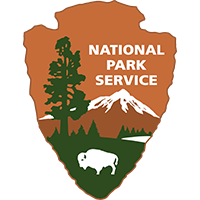Cheatgrass Mapping
The invasion of exotic annual grasses is a widespread problem across the western United States. Of particular concern is cheatgrass (Bromus tectorum), which produces continuous mats of fine, highly flammable vegetation that can drive wildfires.








